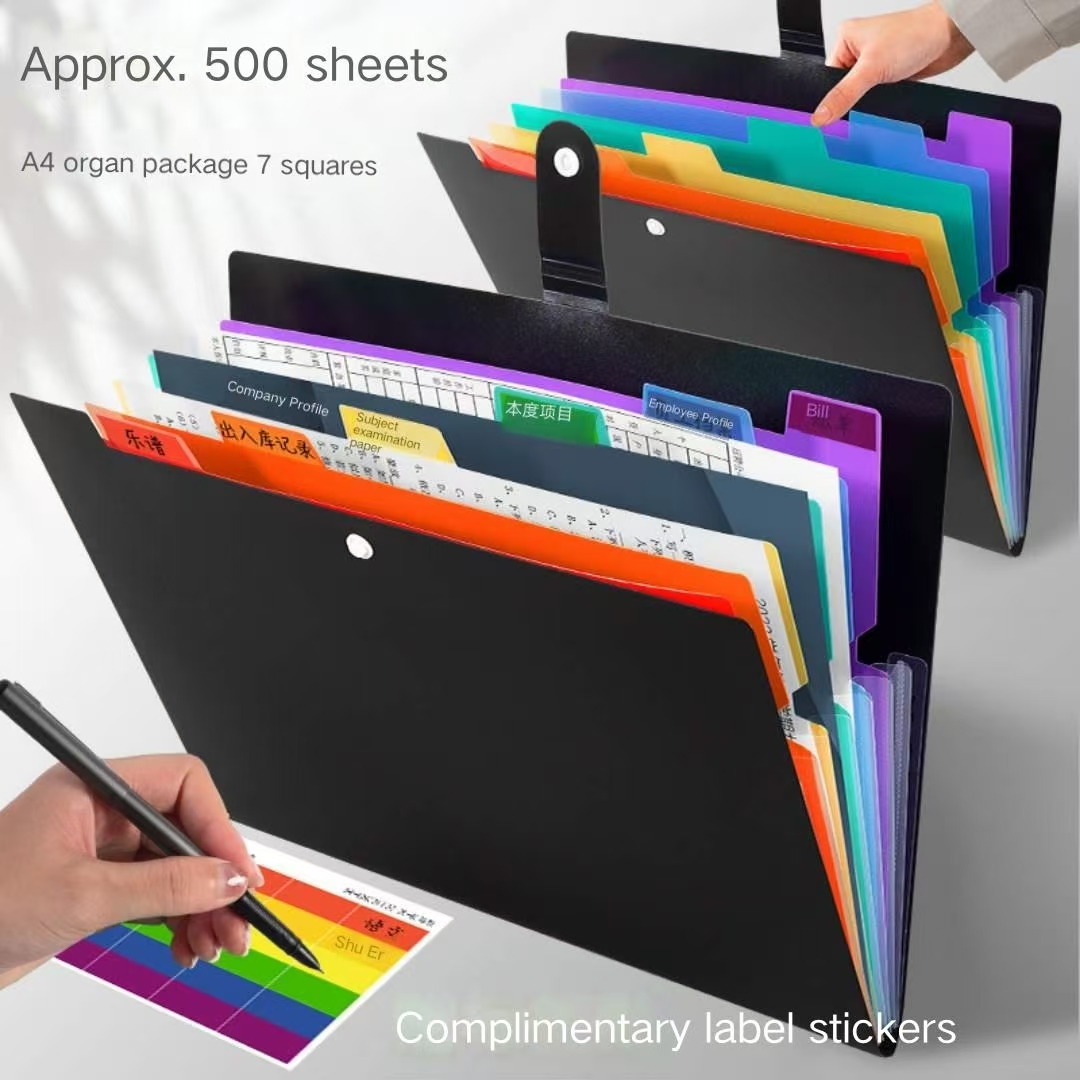How would I start a wholesale stationery business and sell?

In today’s fast-paced world, starting a new business can be daunting. However, stationery keeps surviving and even thriving. It offers multi-functional products at affordable prices.
To start a wholesale stationery business, conduct market research to understand customer needs, establish a reliable supply chain, and create a compelling brand identity. Establish an online and offline presence to reach a wider audience. Consider the initial investment needed and plan your finances carefully.
Embarking on a stationery business journey sounds exciting. With the booming multifunctional product trend, there’s an opportunity for profit. Let’s delve deeper into the process and explore each aspect necessary for a successful start.
How much to start a stationery business?
| Launching a new enterprise involves many considerations and uncertainties. The initial question is always about cost. People need to know how much capital is necessary to start. Starting a stationery business typically requires an initial investment of $10,000 to $50,000. This covers inventory, licenses, workspace, marketing, and operational costs. The exact amount depends on location, scale, and product range. Careful budgeting ensures sustainability. ! To get a clearer picture, analyze various components of the initial investment. Examine cost breakdowns and prioritize areas like product inventory and marketing campaigns. Identify essential expenses and potential costs that can be reduced using cost-effective measures. |
Cost Components | Estimated Budget |
|---|---|---|
| Inventory | $4,000 – $20,000 | |
| Licenses & Permits | $500 – $2,000 | |
| Marketing | $2,000 – $10,000 | |
| Workspace & Utilities | $1,000 – $5,000 | |
| Miscellaneous | $500 – $5,000 |
What is the future of stationery business?
Concerns arise about the viability of stationery amidst growing digitization. Yet, trends point towards a resurgence in demand for stationery items.
The future of the stationery business is promising due to a growing interest in personalized and eco-friendly products, alongside a resurgence in creative hands-on activities. Consumers are increasingly combining digital and analog tools for productivity and creativity.

Innovation drives the market, with trends in sustainable materials, multifunctional designs, and customized products. Explore the emerging consumer preferences and how they align with cultural shifts towards environmental consciousness and artisanal quality experiences.
How to market a stationery business?
Marketing is a critical strategy for any new venture, especially in a competitive field. You must stand out and reach the desired audience.
Market a stationery business by leveraging social media platforms for visibility, collaborating with influencers, and utilizing content marketing. Attend trade shows to network and showcase products. Offer promotions and loyalty programs to retain customers.

Develop comprehensive marketing strategies engaging customers across different platforms. Create targeted campaigns to showcase unique selling points and attract potential clientele. Incorporate storytelling aspects to personalize your brand and form emotive connections with your audience.
How to scale a stationery business?
| Growth is crucial for sustaining any business. Scaling a stationery business requires strategic planning and execution. Scale a stationery business by diversifying product offerings, expanding customer reach through e-commerce and collaborations, and investing in technology for improved operations. Analyze market trends continuously to make informed decisions and prioritize customer satisfaction.  Dive deeper into scaling techniques, such as expanding the product range to cater to different customer needs. Work on partnerships to broaden market access, and optimize supply chains for efficiency. Explore technology integration for operational improvement and enhanced customer experiences.## How much to start a stationery business? Launching a new enterprise involves many considerations and uncertainties. The initial question is always about cost. People need to know how much capital is necessary to start. Starting a stationery business typically requires an initial investment of $10,000 to $50,0001. This covers inventory, licenses, workspace, marketing, and operational costs. The exact amount depends on location, scale, and product range. Careful budgeting ensures sustainability. ! To get a clearer picture, analyze various components of the initial investment. Examine cost breakdowns2 and prioritize areas like product inventory and marketing campaigns. Identify essential expenses[^3] and potential costs that can be reduced using cost-effective measures. |
Cost Components | Estimated Budget |
|---|---|---|
| Inventory | $4,000 – $20,000 | |
| Licenses & Permits | $500 – $2,000 | |
| Marketing | $2,000 – $10,000 | |
| Workspace & Utilities | $1,000 – $5,000 | |
| Miscellaneous | $500 – $5,000 |
Conclusion
Starting and growing a stationery business1 require careful planning, strategic marketing2, and an eye on future trends. Balancing innovation with consumer needs ensures longevity and success.
